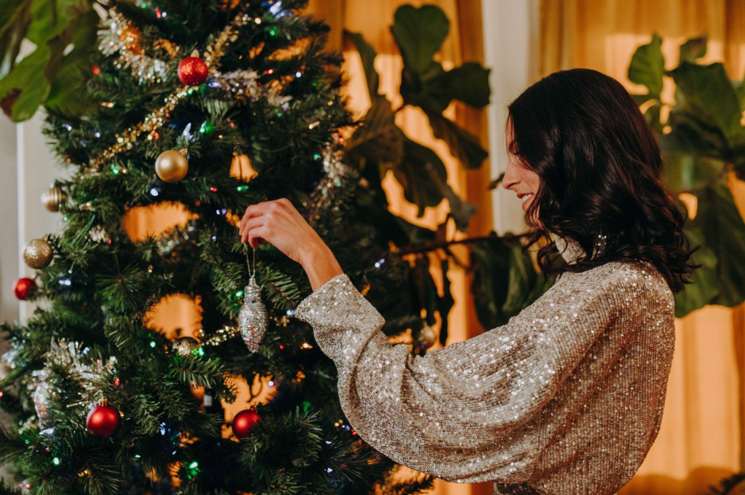How Artificial Christmas Trees Affect Trees and Greenery
Artificial Christmas trees have been around for decades and have become increasingly popular due to their convenience, cost-effectiveness, and reusability. They are a great alternative to real trees, especially for those who are allergic or allergic to their needles. However, their impact on trees and greenery must be addressed.
Trees are a vital part of our natural environment, helping to purify the air, providing us with shade, and supporting wildlife. They are an essential part of bird habitats, providing a home and food source for many bird species. Christmas trees, whether artificial or real, take away from this natural habitat. Fake trees are made of plastic, typically from oil, and can take tens or even hundreds of years to decompose. That means they create significant waste and carbon footprint, making them less eco-friendly than real trees.
Real Christmas trees, on the other hand, are biodegradable, absorb carbon dioxide, and can be recycled into mulch. They also provide a habitat for birds and other wildlife, which helps protect and preserve our ecosystem. Many Christmas tree farms practice sustainable farming, planting more trees than they cut down to ensure a healthy and balanced environment.
The Effects of Artificial Christmas Trees on Birds
Birds, tiny birds, rely on trees as their primary habitat. They build nests in trees and use them for protection and as a food source. Real Christmas trees, when adequately recycled, provide a place for bird nests and a food source such as mulch. Artificial trees, due to their plastic nature, do not give any of the benefits of a real tree.
Recently, we have seen a decline in bird populations due to habitat loss. By using artificial trees, we contribute to the problem, which can lead to the extinction of bird species.
Our gardens can also have a significant impact on bird populations. By planting native trees and shrubs, you can provide birds with the support they need to survive and thrive. Pine, spruce, and cedar are famous for Christmas trees and give a natural bird habitat, making them ideal for gardens.
In Conclusion:
As you can see, artificial Christmas trees may seem like an excellent option for many people, but their impact on birds, trees, greenery, and nature must be addressed. Real trees, when sustainably sourced and recycled or even left to decompose, are a much more eco-friendly option that supports the environment and bird populations. While you may choose to use an artificial tree, it’s essential to consider the big picture and its impact on our world and the wildlife around us.
